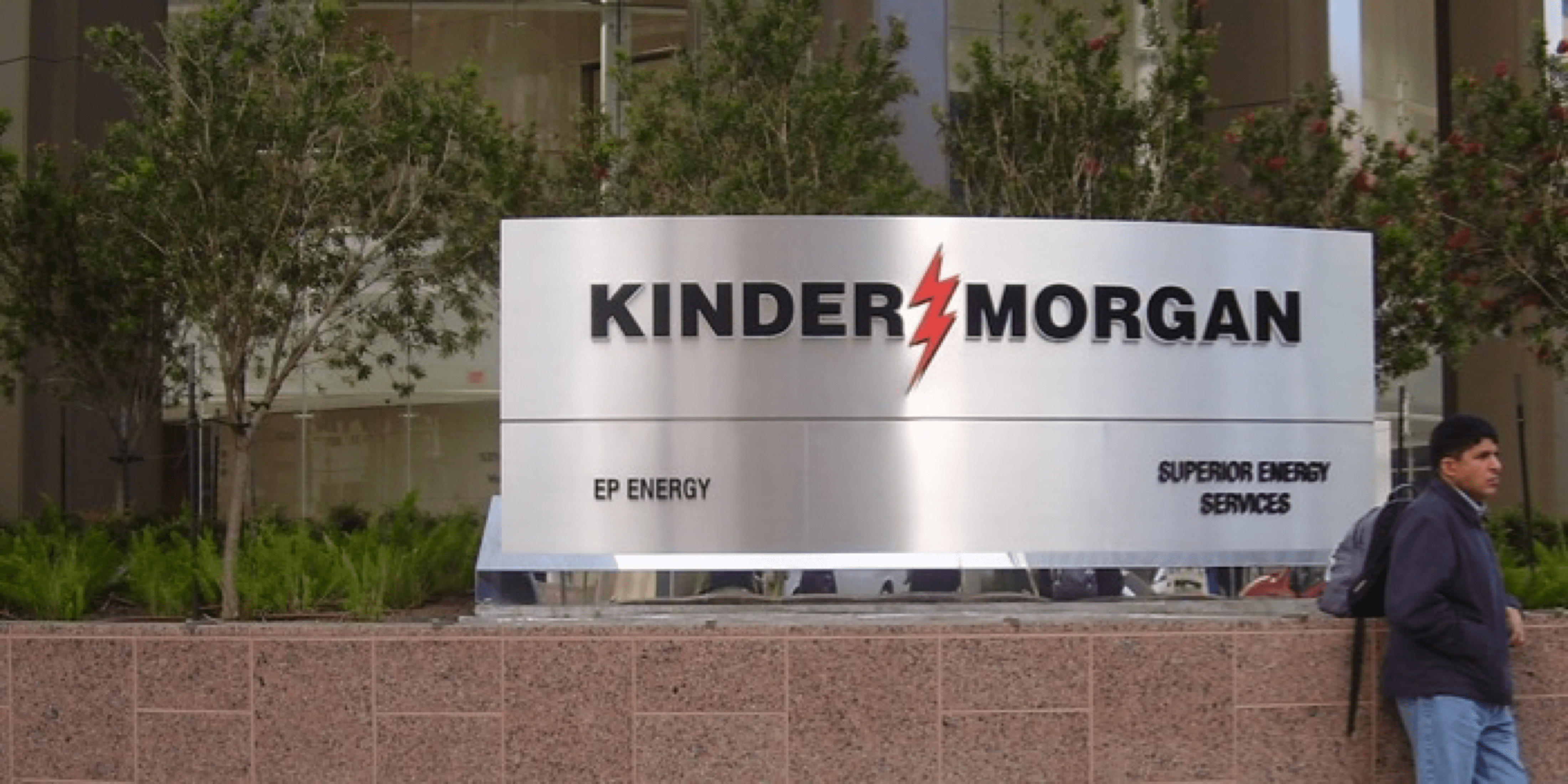Kinder Morgan Inc has announced the publication of its 2020 Environmental, Social and Governance (ESG) report.
This report further enhances the company’s ESG disclosure by including company-wide Scope 1 and Scope 2 GHG emissions and GHG emissions intensity, fulfilling its commitment in the 2017 ESG Report to report this data by 2021. The 2020 report also includes KMI’s procurement-related spend with diverse suppliers and expands the disclosure of other metrics such as water usage and contractor safety.

“We are excited to report on our Scope 1 and Scope 2 GHG emissions for the first time,” said KMI’s chief operating officer James Holland. “This deeper analysis of our emissions and emission sources enables us to take the first steps toward establishing achievable GHG emission reduction targets. It also helps us to effectively make further GHG reductions across our asset footprint.”
KMI remains committed to implementing methane reduction strategies to avoid methane emissions, a potent GHG, that otherwise would have been emitted during operations. As a result of this focus, the company achieved a methane emission intensity rate in 2020 of 0.04 percent of methane emissions per unit of natural gas throughput on its transmission and storage assets, surpassing its 2025 methane intensity target of 0.31 percent for the fourth year in a row.
In addition to reducing methane emissions from its operations, KMI pursued opportunities to address climate change by expanding its natural gas transmission and LNG businesses and investing in renewable natural gas, biodiesel, ethanol and renewable diesel.
The company has also joined three pilot projects that bring together players across the energy value chain to transport responsibly sourced natural gas to communities in Colorado and the Northeast United States. Additionally, KMI is using its newly formed energy transition ventures group to identify, analyze and pursue additional commercial opportunities emerging from the transition to low carbon energy.
For more information visit www.kindermorgan.com

















